My bell is bigger than your bell
Wouldn’t every church dignitary have wanted a bigger bell in their tower, just to say that they had the largest? Walter laughs and nods. Berne has never had a bishop, so the Minster and its wonderful bells were an “impressive way to compensate”.
Technically speaking, casting even bigger bells would not be a problem – bigger bells have indeed been made. “But it really wouldn’t make any sense,” he says. Giant bells also produce high tones, while the really low notes are very hard for humans to pick up. “It just results in a cacophony.”
Dancing with Susanne
During our conversation, it occurs to me that Walter has only referred to the big bell as Grosse Glocke, not “Susanne”. He says the latter name only came into use a few decades ago. Apparently, a bell-ringer once said that working the Grosse Glocke was about as hard as leading his wife Susanne in a dance. The name eventually stuck.
The Bernese Minster bells
The different bells in this recorded peal at the Bernese Minster come in one after the other at the following times (in seconds):
0' Silberglocke
4' Betglocke
9' Armsünderglocke
12' Predigtglocke
17' Mittagsglocke
22' Grosse Glocke / Susanne
You have to listen carefully to pick out the Grosse Glocke in this recording. Its bass remains in the background and fits seamlessly into the peal as a whole – belying the size of the actual bell.
www.revue.link/susanne
Getting Susanne to swing from side to side was indeed far from easy back in the day. Eight ringers were needed. You can still make out the positions in which they stood in the bell tower to pull on the ropes. Since 1944, the bells in the Bernese Minster have been rung by an electrical mechanism.
Walter has an answer to every question. He explains how sturdy wooden beams help to neutralise the tremendous force exerted by the swinging of the bells, diverting it downwards. A bell swinging in synch with the natural swaying of the tower is more dangerous, he says. “The swaying can get worse. Like when people walk over a bridge in lockstep.” Ironically, the second-smallest bell at the Minster is “the most dangerous of them all”.
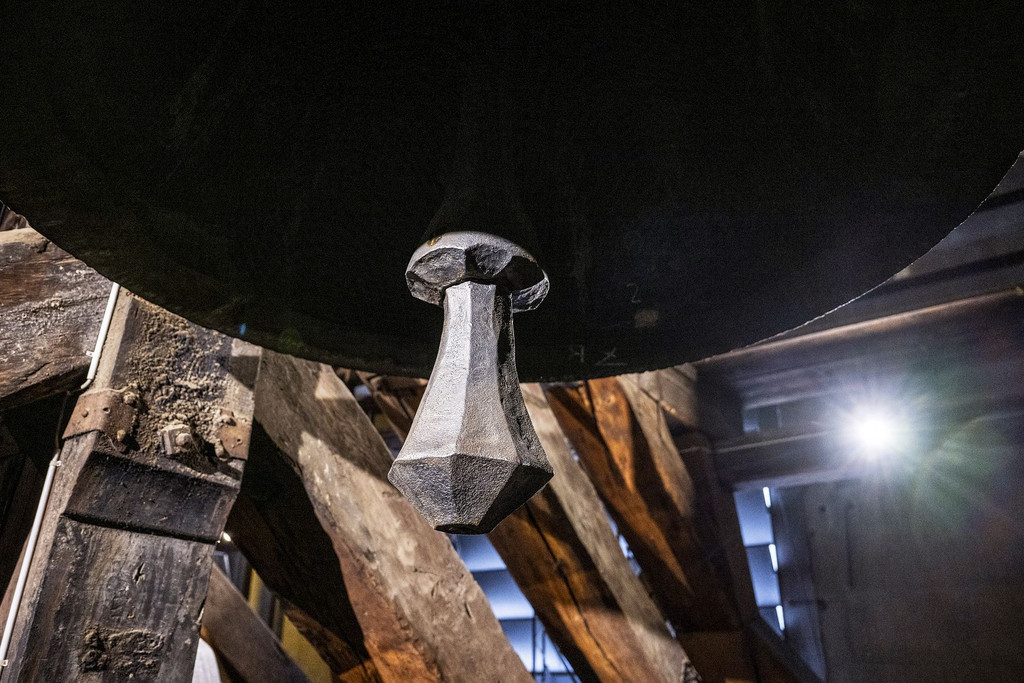
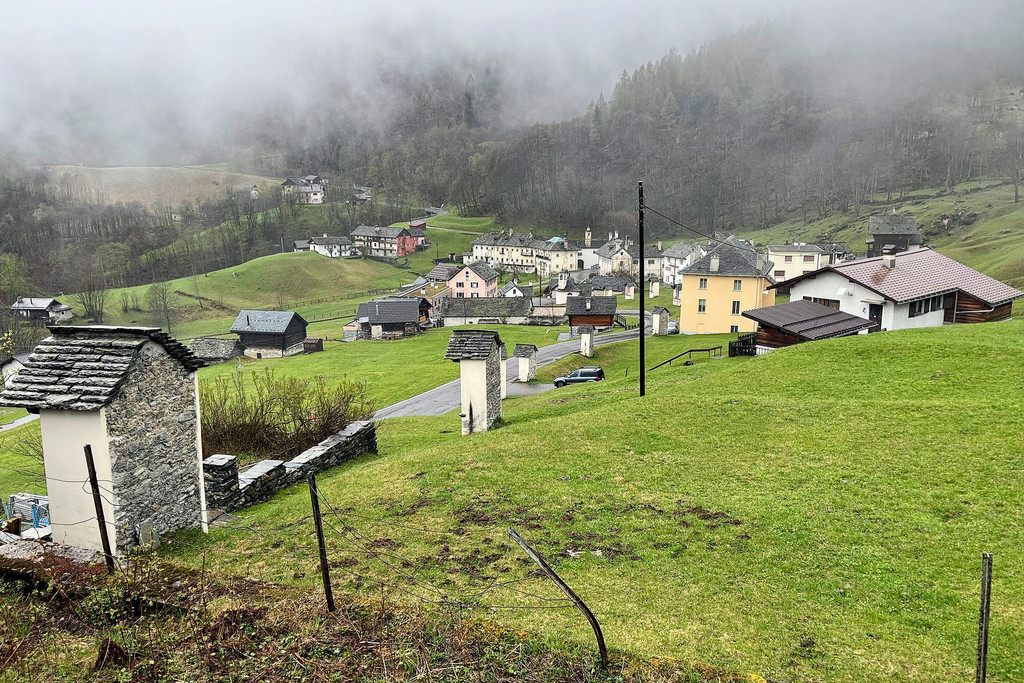







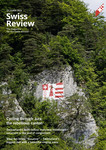


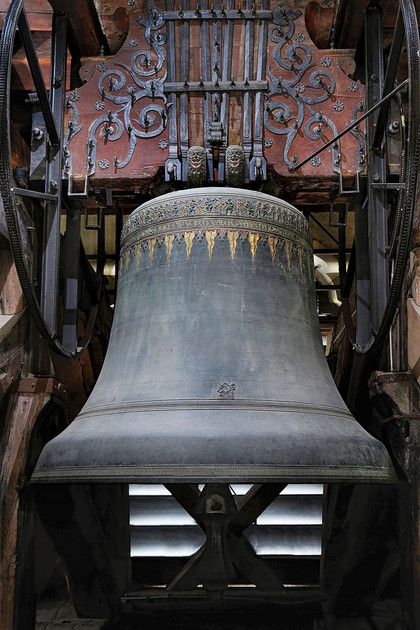


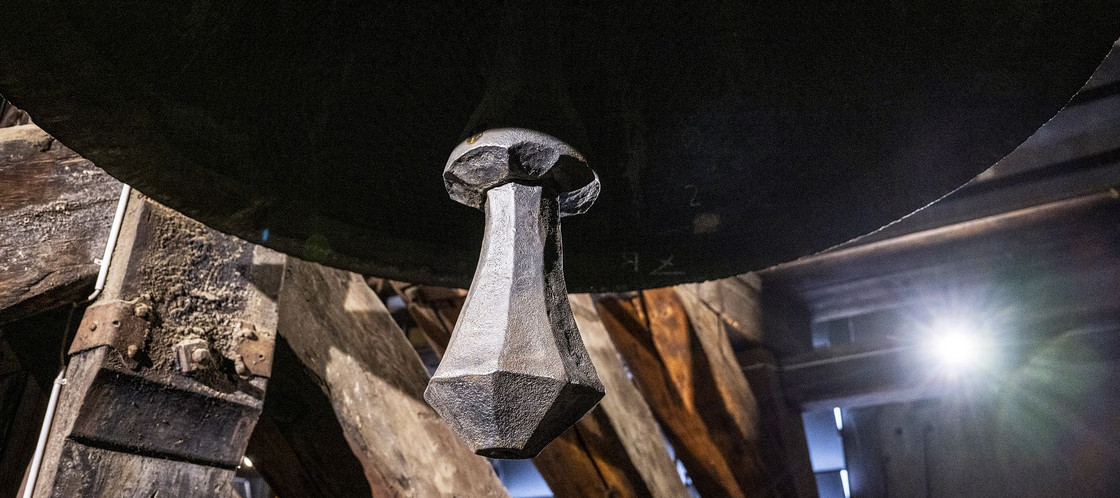
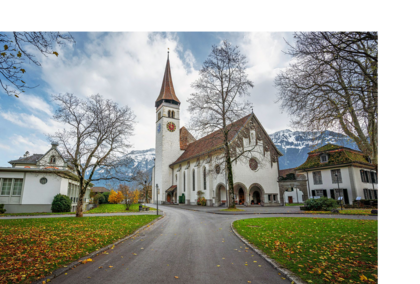
Comments